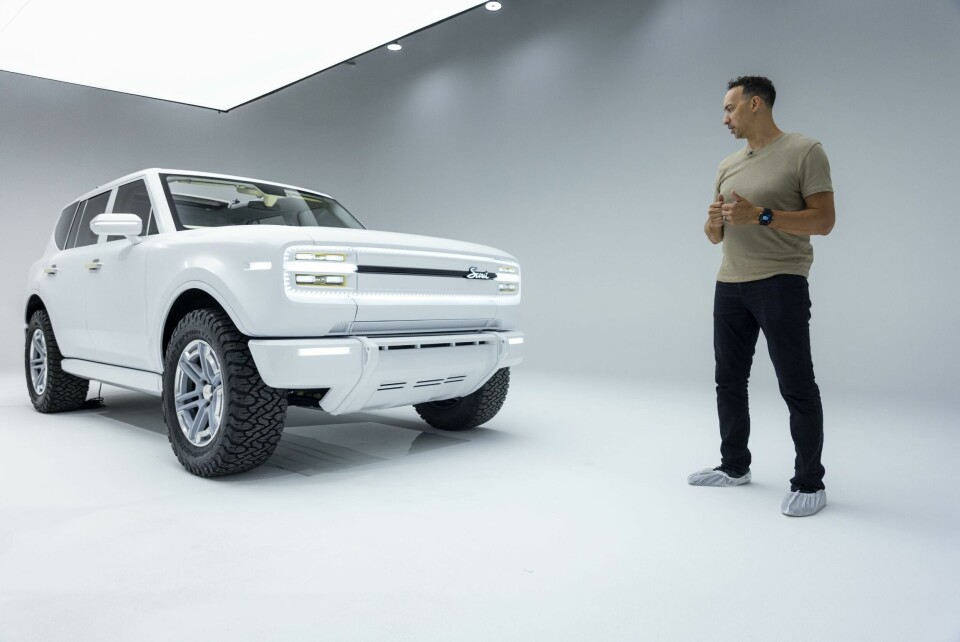
Chris Benjamin: “Scout Motors is a start-up with heritage”
Chris Benjamin, chief design officer at Scout Motors, explains how the connection heritage to ingenuity is key, the growth of his 45-strong team and the challenges that come with reintroducing vehicles 44 years later
The amazing thing about Scout Motors is that it is a start-up, but also with heritage, which is very unusual in the industry. That creates an incredible opportunity, but also a sense of responsibility. The last Scout vehicle was produced roughly 44 years ago and the community is still thriving. Enthusiasts put tens of thousands of dollars into their original Scout vehicles, and these restorations can sell for well into six figures.
As a designer, you have to put yourself in the place of what makes it special to those people. What are the things they love about those vehicles? We learned that the customers we want to target don’t want spaceships. They want real vehicles they can drive and use.
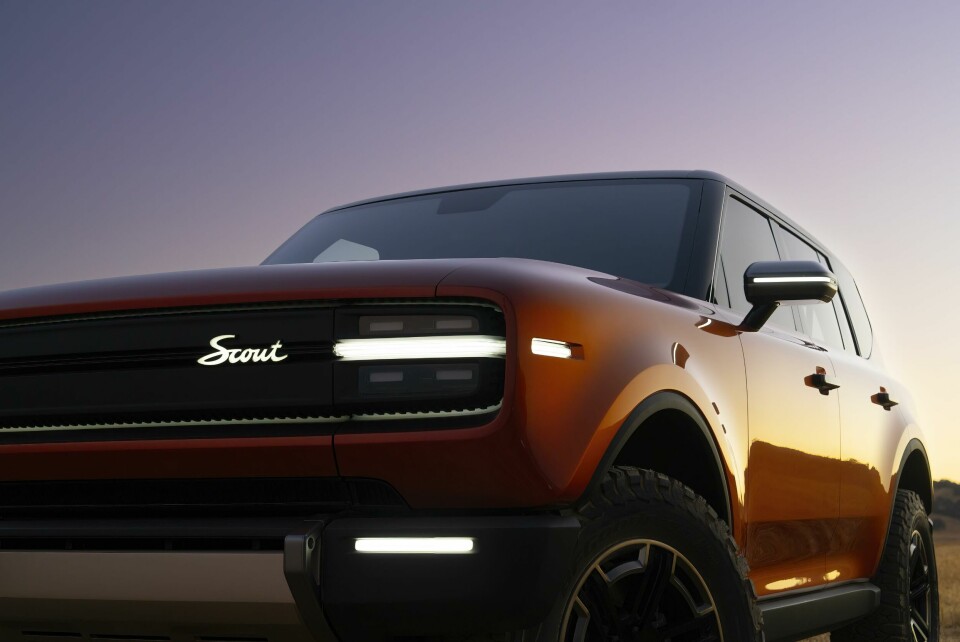
But I also strongly believe making a retro copy of the original would be lazy. I don’t believe in doing that. If you asked a non-designer how they’d make a modern Scout truck or SUV, they would say, ‘put round lights on it’. That’s exactly what you don’t do. A seven-inch round light is what everyone had back then and it wasn’t unique. You must have defining design elements.
In developing the design of our two concepts, we drew inspiration from the tools that scouts (of the human variety) characteristically keep with them. Scouts go ahead and explore the path, then come back to make sure the path for everyone else is easier.
I want people who are strong leaders, experts in what they do and who challenge me
So, for our lighting, we used the idea of binoculars, which help you see farther than you can with the naked eye, just like headlights do for drivers. But because we couldn’t find any that represented our brand, we first designed our own binoculars, then used them as inspiration for the headlamps. That’s one example of the many ways we’re connecting our heritage with the ingenuity that goes into the new product.
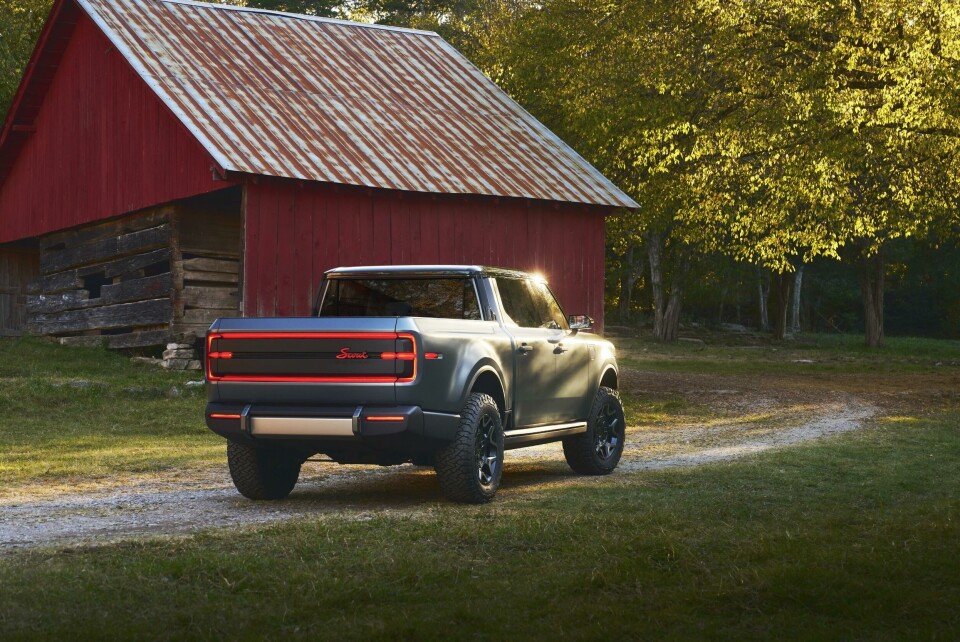
It’s also important to identify archetypes for a brand. For us, the ‘explorer’, ‘rebel’ and ‘everyday hero’ are our archetypes. That’s where we develop our personality from. The Scout community is based on an idea, not just the vehicles themselves so we are developing what we call a ‘Connection Machine’. Too often in society you have people that are out for themselves or obsessed with their phones. We want people to connect to each other, to their community, to others with common interests.
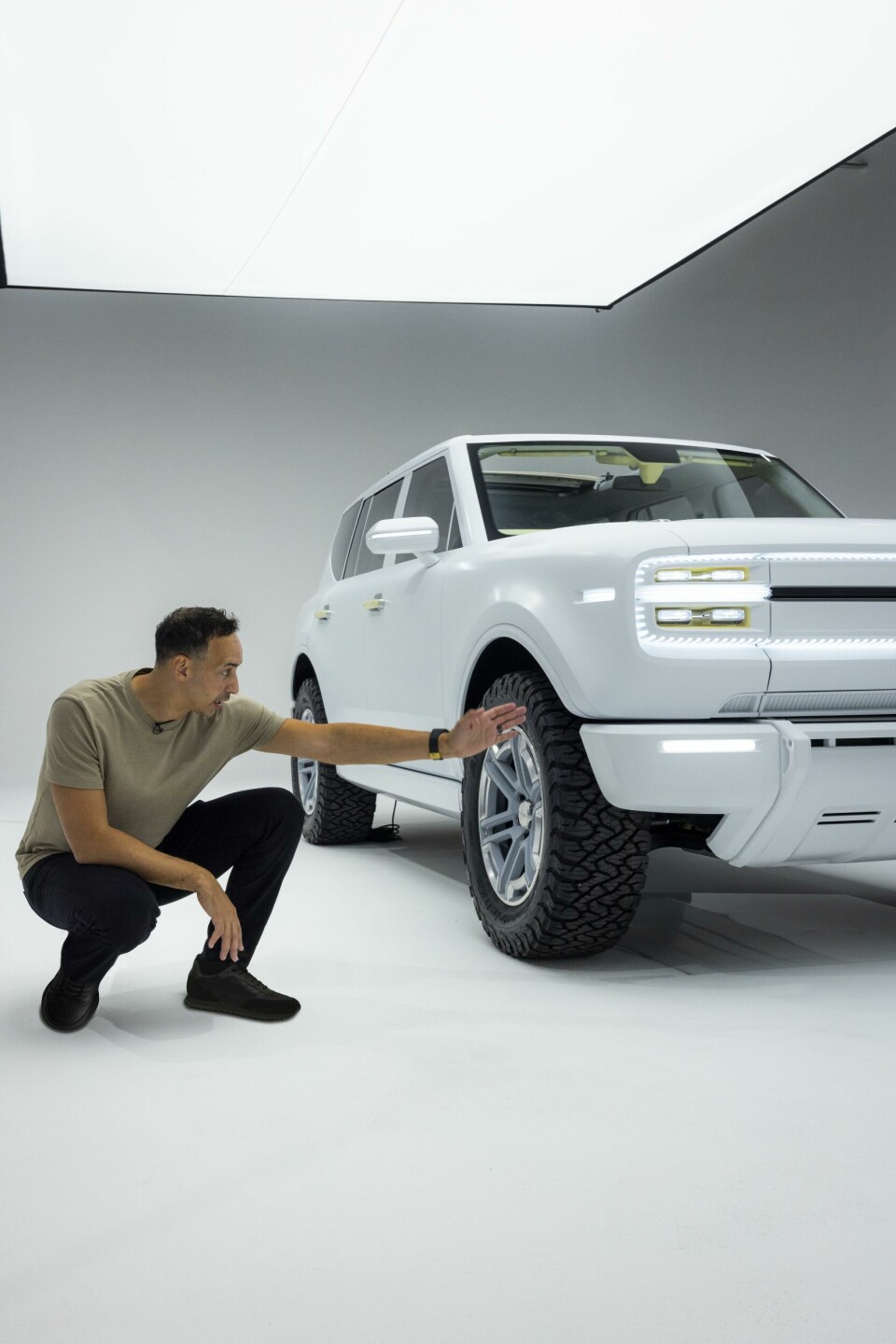
I had the opportunity to create the car from the ‘ground up’ – although a lot of the proportional work had been already done – and build the team from scratch. We are now 45-strong, based at our innovation centre in Novi, Michigan. I knew a lot of my team from before I joined Scout Motors and I wanted people who are strong leaders, experts in what they do and challenge me. From a hierarchical perspective, it’s absolutely flat, meaning if a designer wants to show me a sketch, they show me a sketch.
It doesn’t have to go through all of our levels of leadership before it gets to me. We communicate openly with each other. My one office wall that faces the studio is glass, so I can see my designers and they can see me. We had the opportunity to lay out the studio the way we wanted, working with architects.
We also picked out the furniture and colour schemes and not just for the design department, but the entire building. It’s not a shrine to design, but we wanted to make sure the entire space was inviting, inspiring and cohesive.
I want our success to be like an industry Cinderella story
Most of our development work was digital. We went from data to full-size rough models, to full-size painted models. But one thing that always strikes me is how the presence of a vehicle is different from what you’d expect. Looking at the photos you have no idea what it will feel like standing next to the vehicles. When you do, it’s a very different feeling and that’s what I’m excited about.
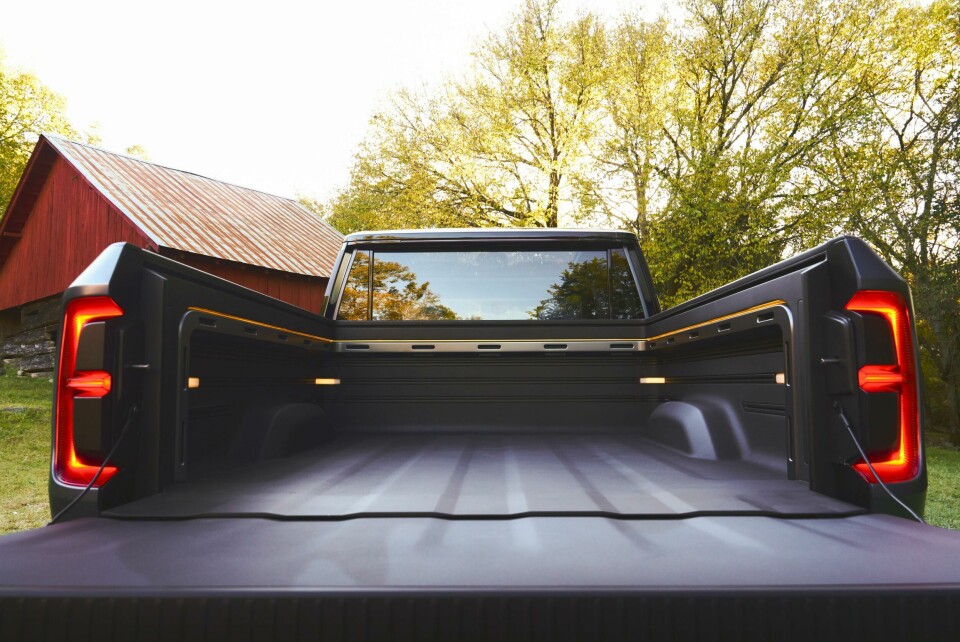
My responsibilities also include branding, which is why I have a small but mighty Brand Experience Design team. We’ve completely redone our website and have a team on the West Coast that is responsible for the functionality of it. So, while they do the enterprise design and make it work on the back end, we direct the look and feel, how we show the vehicles, how they appear on the website and how you navigate through.
Strategically, the idea of Scout vehicles being developed in the US while financially backed by the Volkswagen Group is great. You can borrow things that work already and have them in place quickly, so you’re not developing all of the processes from scratch.
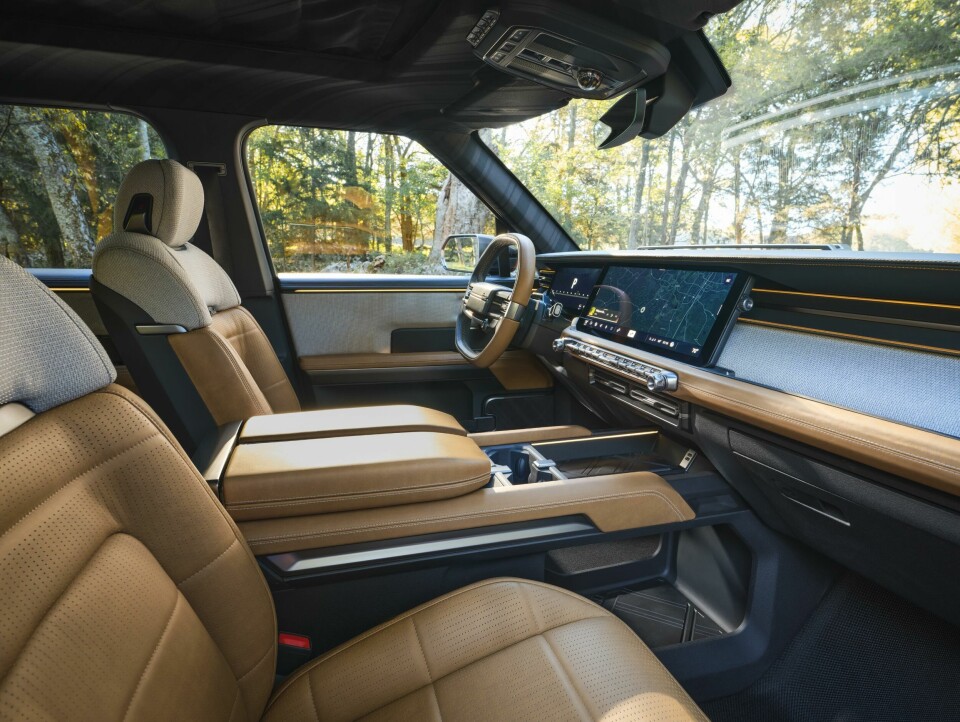
We have Group design meetings a few times a year and have a really good camaraderie. There are still challenges within the industry, but any pressure to succeed is self-imposed. We strive for excellence in everything we do.
I want our success to be like an industry Cinderella story. Because it seemed unlikely that the Scout brand, 44 years later, would come back. But that’s what America is all about.



